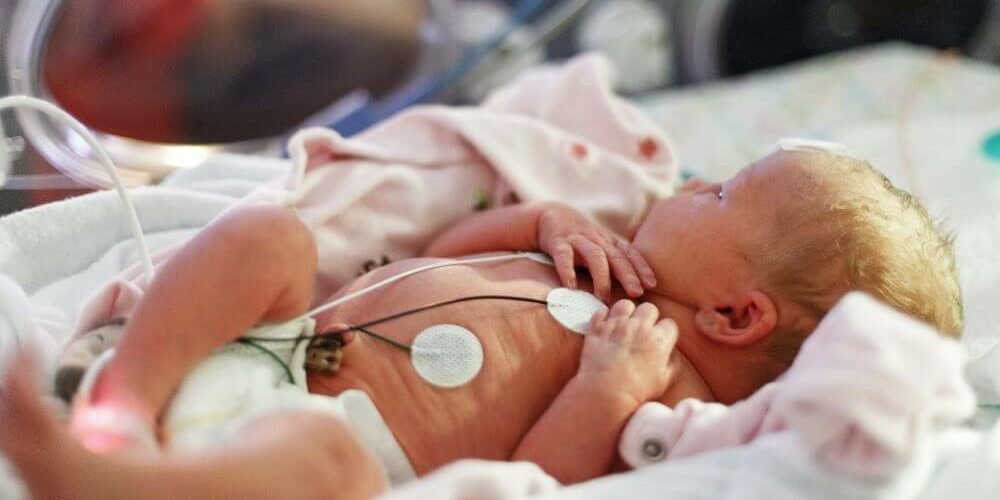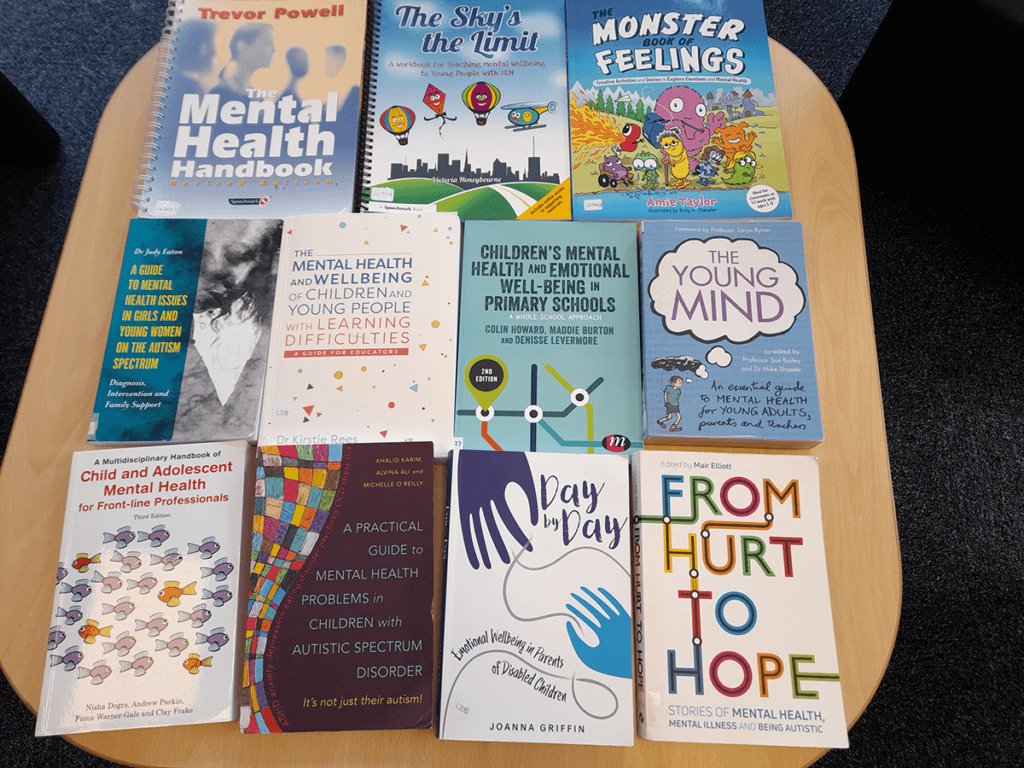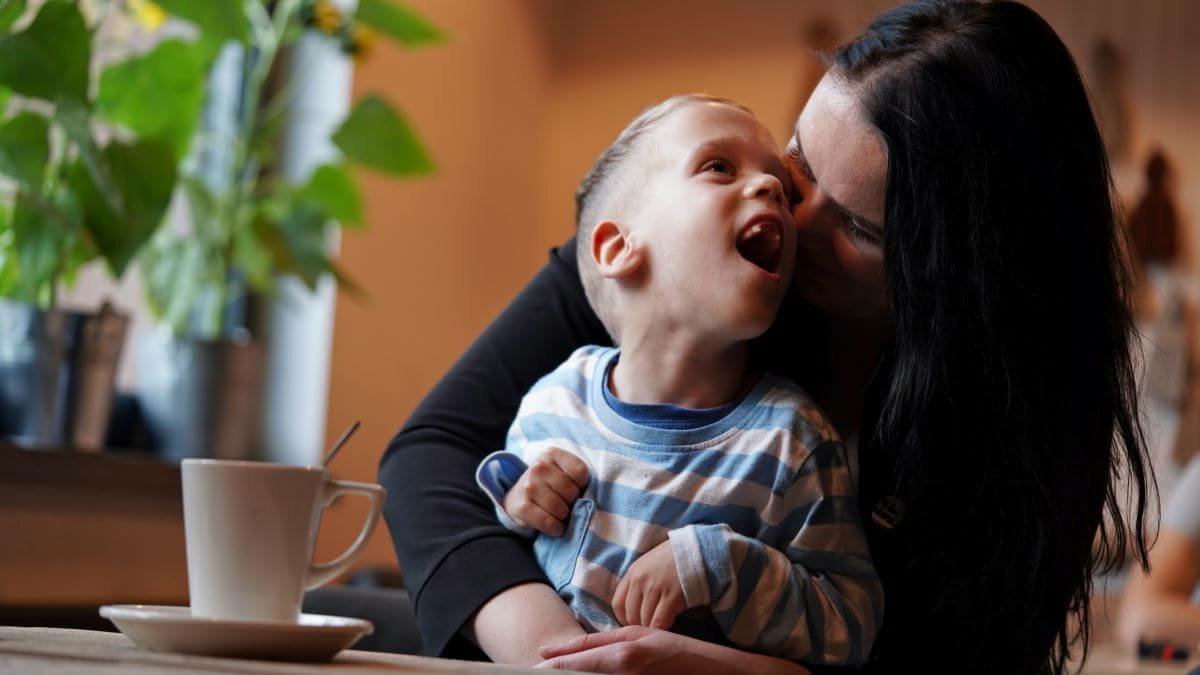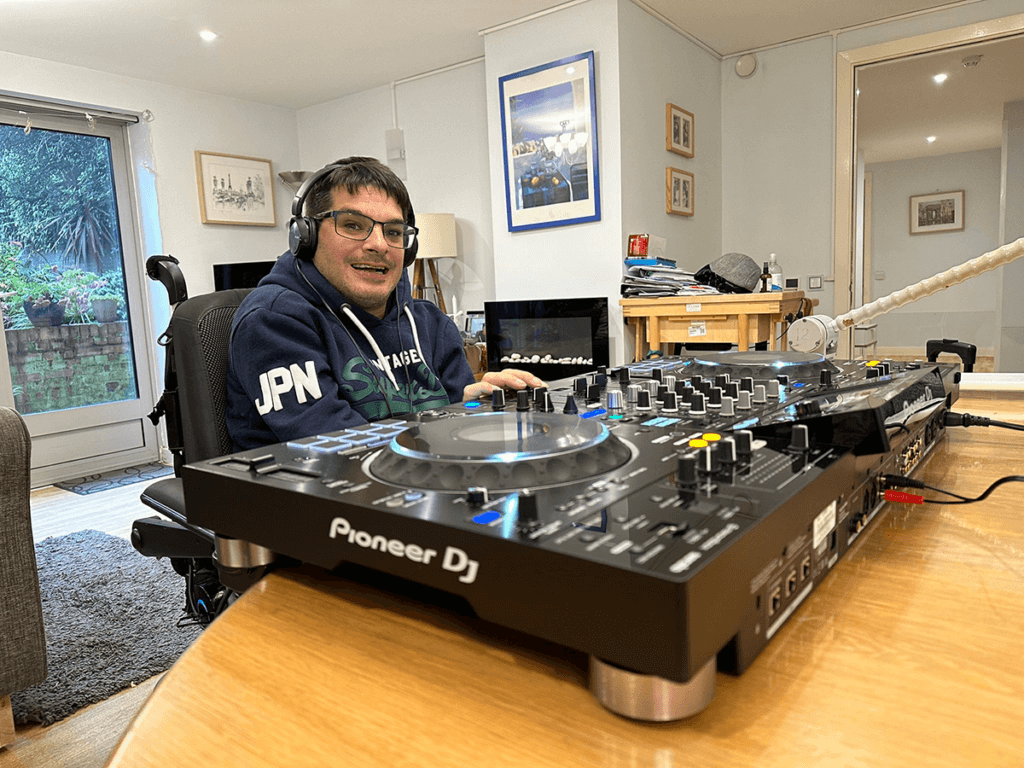Navigating the aftermath of a child’s brain injury caused by medical negligence is a challenging and emotional experience for families. Understanding the legal options available can feel overwhelming, but seeking guidance from experts can provide clarity and reassurance.
To explore this critical topic, we spoke with Leanne Devine, a specialist child brain injury solicitor at Fletchers Solicitors, to shed light on the unique complexities of these types of claims.
In our conversation, Leanne explained how child brain injury claims differ from adult cases, highlighting the specific legal and medical challenges that families face. She shared insights into the most common forms of medical negligence that lead to these injuries, including errors during childbirth and delays in diagnosing critical conditions. Leanne also outlined the steps families should take if they suspect negligence, emphasising the importance of acting swiftly to protect their child’s future.
For those who think they may have a claim, Leanne detailed how the legal process works when pursuing a claim on behalf of a child, from gathering evidence to working with medical experts to assess long-term impacts. She also provided practical advice on securing compensation that accounts for lifelong care needs and recommended resources to support families through the emotional and financial challenges of coping with a child’s brain injury.
This guide offers a comprehensive look at the legal pathways available to families while addressing common challenges and offering reassurance. With expert insights from Leanne Devine, families can better understand how to navigate this difficult journey and ensure their child’s future is fully supported.
Q1. What makes medical negligence claims involving child brain injuries unique compared to adult cases?
A1: “Having a baby is supposed to be one of the most special times of your life. You plan for it for 9 months and have so many expectations, so when it goes wrong and you are let down by people you trusted to look after you baby, that is so incredibly difficult deal with. They are thrown into a life so drastically different from the one they expected, often with little support of knowledge and expected to get on with it.
You are with them often at the start of a very long and frustrating road.
The medical evidence required to both investigate and quantify these cases is significant and often takes many years trying to finalise the evidence and for the experts to understand what the child will require for the rest of their life.”
Q2. What are the most common types of medical negligence that lead to brain injuries in children?
A2: “These can by anything from a failure to appropriately monitor in labour, failure of a midwife to escalate to obstetrics, incorrect interpretation of a CTG trace, failure to competently perform intermittent auscultation, failure antenatally to recognise fetal growth restriction, or alternatively excessive growth and potentially gestational diabetes.
Also, neonatal cases such as hypoglycaemia and hydrocephalus.”
Q3. What steps should families take if they suspect their child’s brain injury resulted from medical negligence?
A3: “This very much depends on the individual case. It may take the parents time to come to terms with what has happened.
With child cases, although we can’t properly value a case until a child is at least 6 years old, we can do all the initial work, and if we manage to secure an admission, we would be able to request an interim payment to get some help for the child until we were able to fully value the case.
It’s always worth getting a solicitor to have a look if you think you may have a case.”
Q4. How does the legal process work when pursuing a claim on behalf of a child?
A4: “It is much the same as other clinical negligence cases, in that you have to investigate your claim and then send a Letter of Claim to the Defendant. If the case is denied and you have supportive expert evidence, Court proceedings are issued and the Court sets out a timetable when you have to exchange witness statements, expert evidence and eventually leading to a trial if a settlement agreement is not reached.
However, in birth cases where there has been an unexpected admission to antenatal unit at birth and an injury evident on MRI can, then the Defendant may investigate the claim under the Early Notification Scheme. This means that they obtain their evidence the same time as I obtain mine. In some cases, I get a full admission before I have even sent a Letter of Claim, which is amazing for families as it means we can then request an interim payment and get them the early intervention/care, accommodation, therapies the child needs.”
Q5. What evidence is most critical in proving medical negligence in child brain injury cases?
A5: “Liability is complex in these cases.
In relation to breach of duty, it usually comes down to the entries in the notes and good documentation, such as growth charts being completed, observations performed.
From a causation perspective, it is incredibly helpful to have evidence of an injury on an MRI scan, but not essential. Therapeutic cooling now can now have such an impact on the appearance of the brain, that a child can have an injury, but because they have been cooled, the injury is not evident on the scan. Good, clear evidence in relation to the claimant’s condition and prognosis is essential.
We really are expert led and rely heavily on their evidence as to whether the care fell below the standard of a reasonably competent obstetrician acting in that field of medicine.”
Q6. How do you work with medical experts to assess the long-term impact of a child’s brain injury?
A6: “We need a whole host of experts such as the following:
For liability:
- Midwifery
- Obstetrics
- Neonatology
- Neuroradiology
- Paediatric Neurology
- It is very much a team effort and have multiple conferences during a case to consider the evidence and ensure we have a strong case.
For Quantum:
We may require the following experts:
- Paediatric Neurology
- Neuropsychology
- Orthopaedic (if there are hip problems, contractures)
- Care and OT
- Accommodation
- Physio
- SALT
- Assistive Technology
- Deputy
- Sometimes genetics too
They all go to see the Claimant and prepare a report to comment on their past, present and future needs. The costings get incorporated into a Schedule of Loss and served on the Defendant to confirm how much the claim is worth. Their experts do the same thing and then provide their counter schedule of loss.”
Q7. What compensation can families typically claim in child brain injury cases, and how does it account for lifelong care needs?
A7: “Damages are generally split into lump sum damages and periodical payments.
The lump sum damages would include general damages, loss of earning, any money for therapies, equipment, accommodation and anything else the child/adult needs other than care and case management.
Because we can never properly predict how long someone will live, the damages for care and case management are paid by way of periodical payments, which is an annual sum paid by the NHS in December each year. The are uprated with inflation and last however long the child lives. It means that the child will be cared for, for the rest of their life, no matter how long or short that is.”
Q8. What resources or support systems do you recommend for families coping with a child’s brain injury?
A8: “I always recommend contacting charities such a CBIT and Rainbow Hub, even if it’s just for support.”
Q9. What challenges do families often face when pursuing a claim, and how can they overcome them?
A9: “They take such a long time, and families struggle for so many years with no help at all. An interim payment cannot be requested until liability has been admitted or agreed, and that can sometimes take even 6 years. All the time, the families are struggling to sleep and facing daily challenges with multiple medical appointment.
It is also the whole family who are affected, siblings too.
I always try and manage their expectations by being upfront about how long it will take. I often help them pro bono by writing to Council’s to help with housing, or pointing them in the direction of charities and other organisations who may be able to help them in the meantime whilst the claim is being investigated.
More than anything, it is just being a listening ear for them. They have been let down by medical professionals in the worst possible way, and we have to build that relationship of trust with them.”
Q10. How can families ensure that their child’s future needs are fully accounted for in the claim settlement?
A10: “They rely on us to do this by obtaining the expert evidence above. But retaining all receipts and evidence of any losses already incurred is very helpful, as well as keeping diaries, and giving full witness statements in support.”
Q11. What key advice would you give to families navigating a child brain injury claim for the first time?
A11: “It seems daunting, but our job is to help them. There are no fees if we look at the notes and decide not to take the case on, but it’s worth looking to see if we do feel there is case. We will support them 100% of the way.”
Conclusion
Navigating a child brain injury claim can be an overwhelming and emotional journey for families, but with the right legal expertise and support, it is possible to secure the care and resources your child needs for the future. As Leanne highlights, understanding the process, gathering the right evidence, and working with experienced solicitors and medical experts can make all the difference.
At the heart of every claim is the goal of ensuring a better future for your child and addressing the challenges that come with their injury. While the process may be long and complex, know that you are not alone—there is help available every step of the way.
By taking action and seeking expert advice, you can move forward with confidence, knowing you are doing everything possible to protect your child’s wellbeing and future.
About Fletchers Solicitors
Fletchers Solicitors is one of the UK’s most respected and trusted law firms. We specialise in medical negligence and personal injury and have supported people with life-changing injuries for over 30 years.
About Leanne Devine
Leanne is an Associate & Birth Injury Solicitor operating within Fletchers Solicitors Medical Negligence Department. In total, she has worked in the legal profession since 2003, initially specialising in catastrophic injuries.
[email protected] | 0161 804 6074
https://www.fletcherssolicitors.co.uk/team/leanne-devine/
Although we are grateful to receive support from a number of corporate sponsors, we do not endorse any specific organisation. If you are seeking legal advice, we encourage you to contact a number of experienced solicitors for an initial discussion before selecting a firm.









